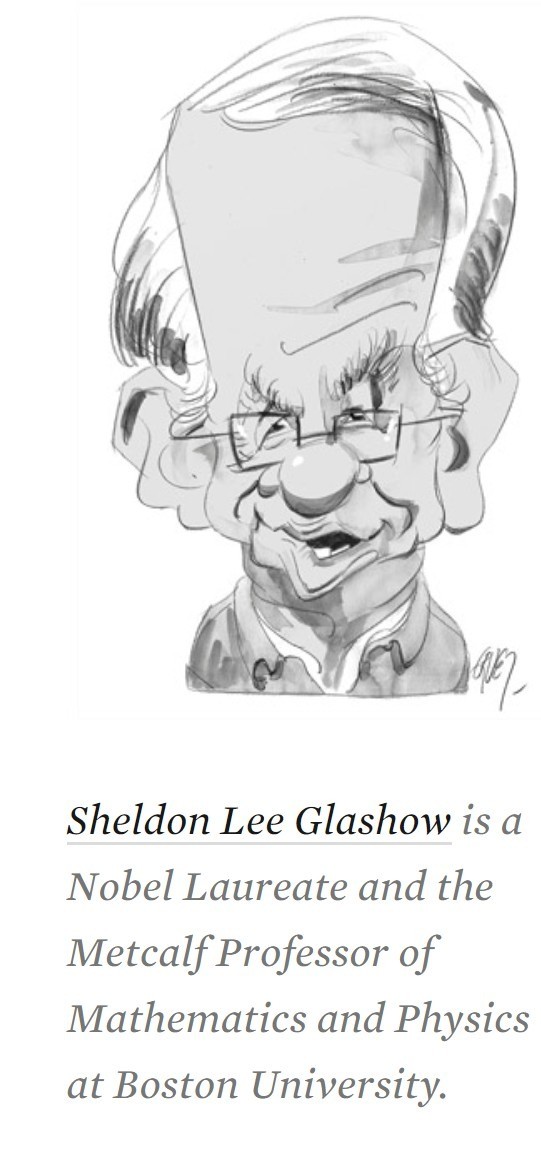Sheldon Lee Glashow in Inference Review:
 I approached Lost in Math with trepidation. Its subtitle, “How Beauty Leads Physics Astray,” annoyed me because, like Albert Einstein, Paul Dirac, and many others, I have always regarded elegance, simplicity, and beauty as essential criteria for physical laws. The preface begins even more disturbingly:
I approached Lost in Math with trepidation. Its subtitle, “How Beauty Leads Physics Astray,” annoyed me because, like Albert Einstein, Paul Dirac, and many others, I have always regarded elegance, simplicity, and beauty as essential criteria for physical laws. The preface begins even more disturbingly:
They were so sure, they bet billions on it. For decades physicists told us they knew where the next discoveries were waiting. They built accelerators, shot satellites into space, and planted detectors in underground mines. … But where physicists expected a breakthrough, the ground wouldn’t give. The experiments didn’t reveal anything new.1
These imprudent words demand rebuttal, but they do not characterize the remainder of the book. Sabine Hossenfelder shows even less understanding of her forsaken discipline in a recent essay for The New York Times. “Is a new $10 billion particle collider worth the money?” she asks. “If particle physicists have only guesses, maybe we should wait until they have better reasons for why a larger collider might find something new.”2 The purpose of costly particle colliders is not just to test theorists’ sometimes idle speculations. It is to look where no one has looked before, to explore as best we can the workings of the world we are born into. CERN’s Large Hadron Collider (LHC) has done just this. It has discovered that our Standard Model correctly describes the microverse at the highest energies yet available. Our European and Chinese colleagues now recognize—as proponents of the abandoned American Superconducting Super Collider (SSC) did twenty-five years ago—that a far more powerful instrument is needed, should we choose to learn nature’s secrets.
More here.
